Teliávus University
One of the most prestigious universities in the United Kingdom, and the world, Teliávus University has existed since the fourteenth century and is renowned for its academic work and teaching in a variety of subjects including archaeology, geology, theology and the academic examination of the occult.
Structure
The university is overseen by the Chancellor, who is elected by the assembled academics who have been teaching at the university for ten years or more, or who hold prestigious positions such as heads of Colleges or heads of Faculty. The Chancellors position is generally a ceremonial one, with the incumbent presiding over key university events, though they do steer the overall strategy of the institution and chair important committees and groups such as the Chancellor’s Court - see below.
Beneath the Chancellor is the Vice-Chancellor, who is directly appointed by the Chancellor and who oversees the day to day administration of the university.
Reporting into the Vice-Chancellor are the eleven Heads of Faculty, who are responsible for the running of one of the university’s Faculties, which represent the academic areas in which the university has the most prestige.
In addition, there are various Schools, representing academic areas that are not regarded as being either as prestigious, or strategically important for the university, each of which is run by a Head of School, with these individuals collectively reporting into a Director of Schools. The Director of Schools then reports into the Vice-Chancellor.
Beyond these top level positions, there is a detailed and often confusing hierarchy of managers and administrators who actually see to the nuts and bolts work of running the university, with these more administrative positions reporting into the Chief Operating Officer, who in return reports to the Vice-Chancellor.
As well as this, Teliávus University also has under its auspices the thirteen Colleges, but rather than them being directly accountable to the university, each college functions as an independent unit capable of making their own decisions as they wish. Though they are not beholden to the university as a whole, they are integrated into key university systems, such as student recruitment and the faculties enough that they have to operate carefully to not stir the ire of the university, which has the right to disassociate with a renegade College, which would be rather financially disastrous for them. Though it would be an extreme circumstance indeed for this to happen, and indeed it has never happened within the history the university, it nevertheless exists as a Sword of Damocles to keep the Colleges on side and mostly well-behaved.
Public Agenda
As written in the university’s charter:
To educate the best and the brightest in the great mysteries of the world.
Student and Academic Demography
Teliávus University has several hundred academics spread between its Faculties and Schools, many of whom have permanent positions either based within the university itself, or within one of its constituent colleges. In terms of its student population, on average there are between 200 to 400 graduate students in a given year, studying a variety of subjects, predominantly linked to those taught within the Faculties, with an additional 2,500 to 3,000 undergraduate students representing students in all years of study. Each year around 700 new undergraduate students arrive to being their first year of study, and around 700 graduate having completed their undergraduate degrees.Academic Reputation
Unlike other universities, which tend to offer a wide range of courses, all of which take on many hundreds students each year, Teliávus University has throughout its history, tended to focus on a more limited selection of courses, all of which it has cultivated a widely respected reputation for research and teaching in. These main areas of research and teaching take the lion’s share of the University’s resources, have been provided with grand expansive buildings to operate from and are referred to as Faculties. The eleven main faculties of Teliávus University are: Faculty of Ancient Languages & Linguistics Faculty of Anthropology Faculty of Archaeology Faculty of Biology & Botany Faculty of Celtic Studies Faculty of Classics Faculty of Fine Art Faculty of Folklore & the Occult Faculty of Geology & Palaeontology Faculty of Psychology Faculty of Theology Entry to study a subject within one of Teliávus University’s faculties is highly competitive, and prospective students from all across the United Kingdom look to apply each year, with an average of only 20% actually being admitted to a course. These successful applicants have to undergo a rigorous selection process to be admitted, which includes entrance examinations and interviews to assess their academic aptitude. In addition there are other smaller areas of research and teaching, referred to as Schools, which are granted a rather limited budget and teaching space with which to operate, with most being based in buildings scattered across Harthill that are generally residences or small commercial properties that have been converted for teaching and research purposes. Teliávus University’s reputation in the subjects offered by its Schools is less prestigious than the work conducted by the Faculties, but that does not mean that they are any less rigorous, just that the University is less well known in these areas. The largest of the Schools is the School of Anatomy & Medicine , which is integrated into St Luke's Hospital & Sanatorium .Relations with other Universities
Teliávus University has a healthy, often collaborative, more often competitive relationship with universities within the United Kingdom and abroad, particularly with the other ancient collegiate universities in Great Britain: Oxford, Cambridge and Durham. Academics from Teliávus will regularly work with colleagues from around the world, particularly in the subjects that have been granted Faculty status within the university, where Teliávus’ academics have the greatest acknowledged expertise. In addition, inter-collegiate competition is strong, with varsity events and sports competitions taking place throughout the year, with teams traveling across the UK and occasionally internationally both to and from Teliávus University.Assets
Teliávus University, as well as collecting fees from the students that they educate, has also benefitted from numerous philanthropic gifts and donations over the years, which means that it is a very wealthy institution. Whilst the university is not required to make public the exact amounts in its coffers, its endowment is thought to run into the millions of pounds.
The university is not only in possession of monetary assets. It has an invaluable collection of art and historical artefacts held in the Buchanan Museum and a plethora of priceless books, scrolls and other literary objects held in the Theobauld Library.
History
In brief, Teliávus University was granted its royal charter, thereby becoming a recognised university able to award degrees to its students, under the reign of Edward III in 1346. As part of its formation, the three colleges that existed in Harthill at the time of its formation, Corpus Christi, St Lucia's and St Augustine came under the auspices of the newly founded institution.
From that time on, the university grew steadily, expanding out from its main site on the Evansfarm hill, where its first buildings were set up, with colleges being added periodically to its family throughout the years. The last colleges to be founded were St. Dymphna's, which was formed in 1876 and Pitt-Rivers, which was founded in 1912.
Periodically, the university has been rocked by scandal, most notably during the simultaneous foundation of its Faculty of Folklore & the Occult and Dee College in 1631, which caused outcry amongst both the national and international community, with both the Archbishop of Canterbury, head of the Church of England and even the then Pope Urban VIII denouncing the move, accusing the university of encouraging the teaching of blasphemous material.
Infrastructure
In order to facilitate the work of the University’s academics and students Teliávus University has a large body of administrators, who see to the day to day running of the university as a whole and its faculties. Whilst the faculty administrators are based out of their respective faculty buildings, the University’s main administrative offices, along with the Chancellor's and Vice-Chancellor's offices and the largest of the university’s lecture halls and assembly areas are based in the Teliávus Building.
The Teliávus Building
Teliávus University also has a large and well endowed library, the Theobauld Library, which has extensive collections relating to the subjects taught by the Faculties, along with smaller collections related to other subjects, as well as a large and renowned rare and restricted book collection, much of which is kept under lock and key and is only accessible by permission of senior academics.
Additionally, the Buchanan Museum is also part of the core infrastructure of the university, and it holds extensive collections of classical, Asian, African and American artefacts along with collections related to the history of Wales and the rest of the British Isles.Look through the veil / Respice per velamen (Latin) / Edrych trwy'r gorchudd (Welsh)
Founding Date
Claimed to be founded in one form in 560AD, royal charter not granted until 1346 in the reign of Edward III.
Type
Educational, University
Alternative Names
Teilo’s / Stag’s / the Blue and Whites (in the context of inter-university sports).
Demonym
Teliávites / Stag’s and Does (informal)
Leader Title
Legislative Body
University policy, procedures and rules are set by the Chancellor’s Court, a body chaired by the University’s Chancellor and comprising of the heads of its thirteen Colleges and the heads of the eleven Faculties (though occasionally these numbers are smaller in the event that a single person is both the head of a College and head of a Faculty).
Judicial Body
Much to the general discontent of the local population, since the formalisation of Teliávus University it has always been the case that its students and academics have a special status, whereby they are not prosecutable by the town’s authorities. Instead, they come under the jurisdiction of the Vice-Chancellor’s Court, a separate judicial body that prosecutes students and academics that have committed crimes and misdemeanours. The Vice-Chancellor’s Court has the power to fine, suspend, expel and even incarcerate in a small gaol beneath the Teliávus Building, those that come under its auspices who are found to be guilty.
In order watch over its student and academic population the university has a private police force, known as the Provosts, who act in the same way that the local police do.
To avoid jurisdiction issues allowing criminals to escape or evade capture, the South Glamorgan Constabulary and the Provosts are able to arrest anyone suspected of committing a crime, provided that they are transferred into the custody of the relevant force as soon as possible. As a result, it is not uncommon to find a number of university students being held within the cells of Harthill Gaol, having been arrested for drunken and disorderly behaviour after sampling the delights of one of Brewer’s Inn’s many taverns and public houses.
As well as this, policing of the crimes of murder and manslaughter commander the jurisdiction of the South Glamorgan Constabulary only, and students and academics accused of either can be arrested, held and charged by the Constabulary as could any other citizen of Harthill.
Subsidiary Organizations
Location
Controlled Territories

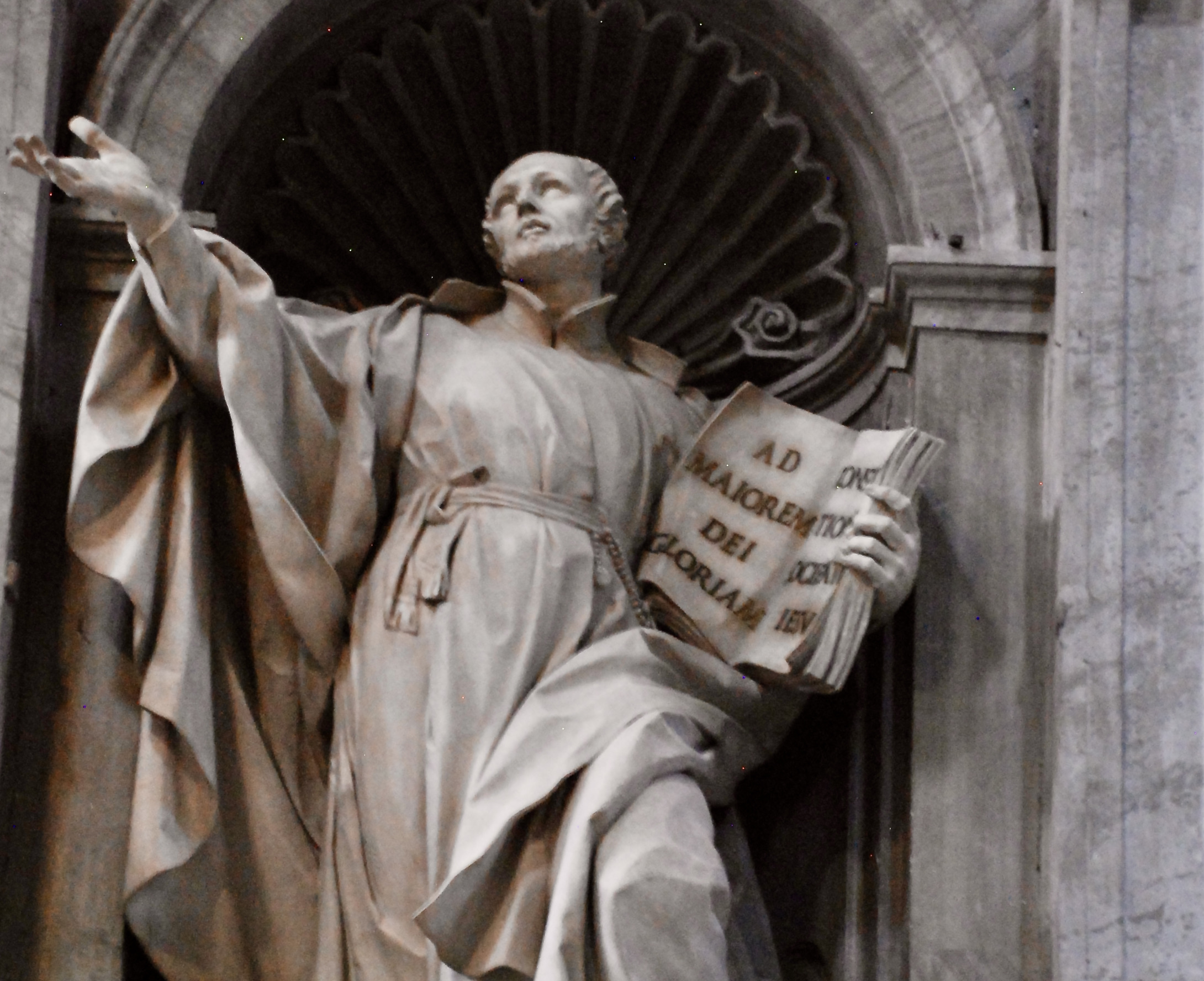
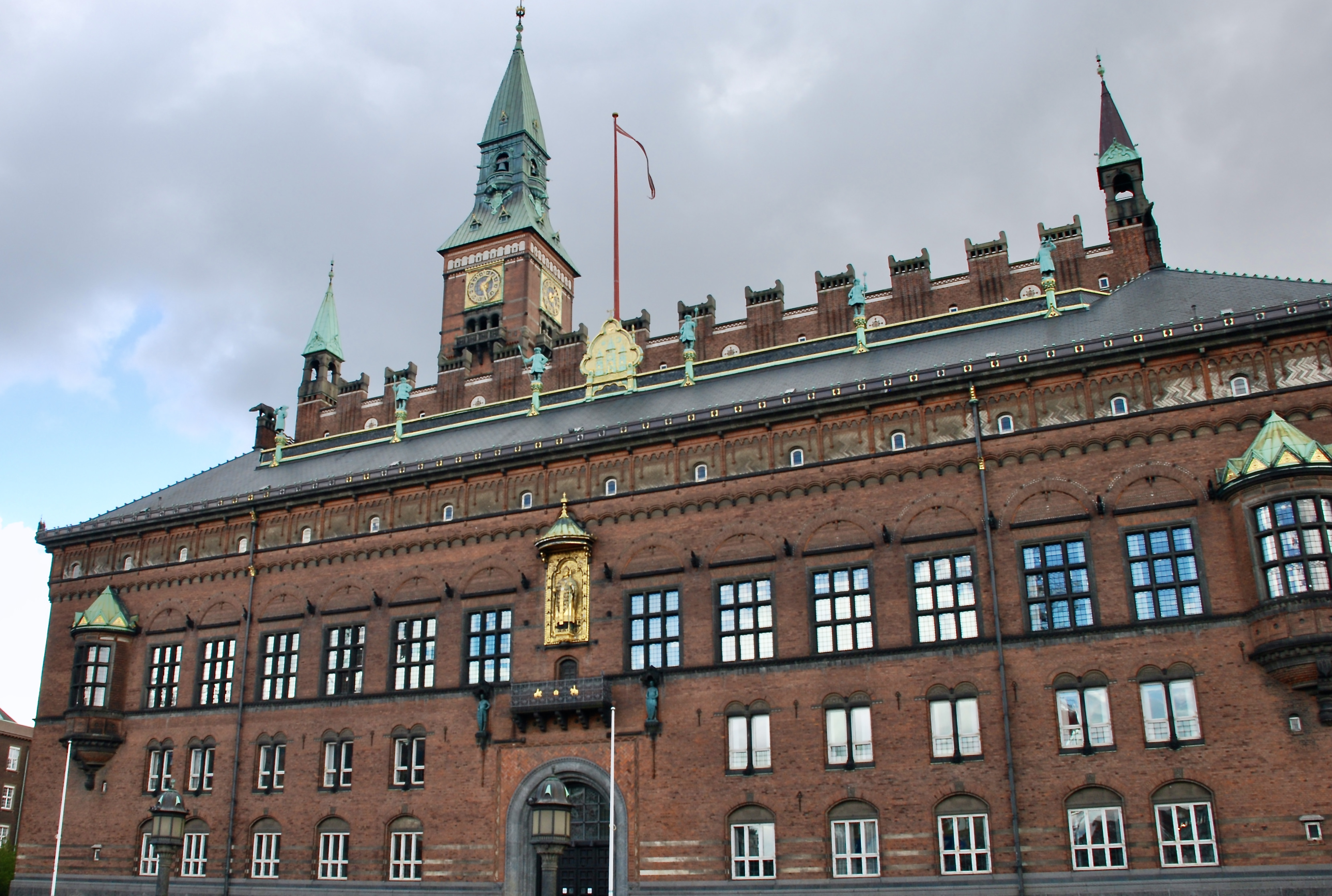
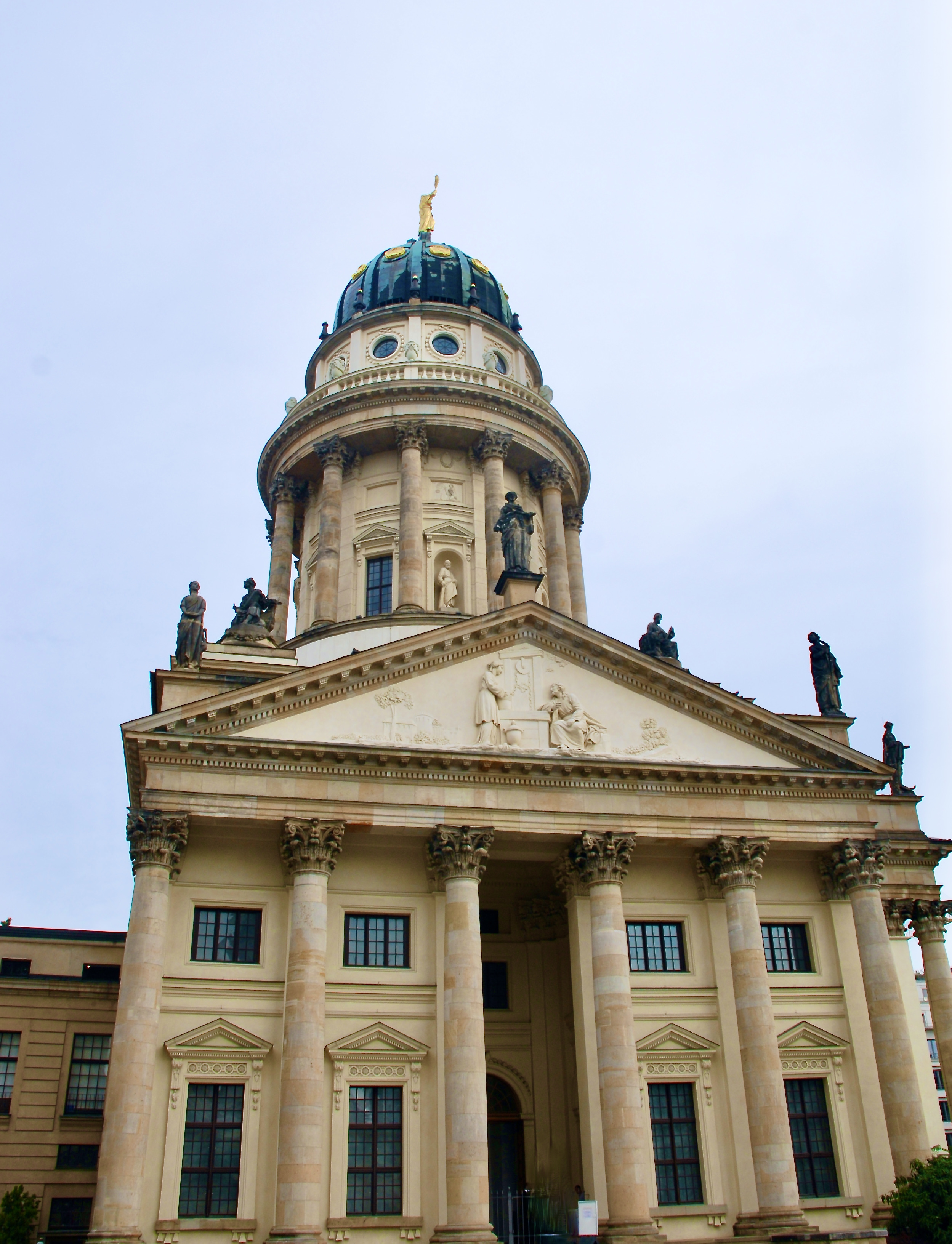
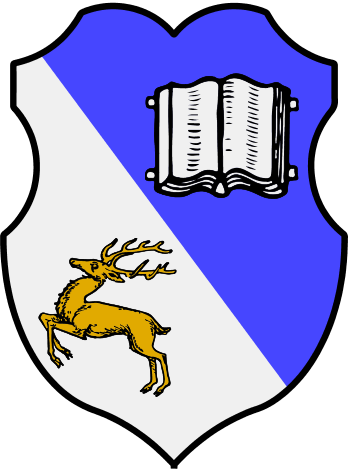
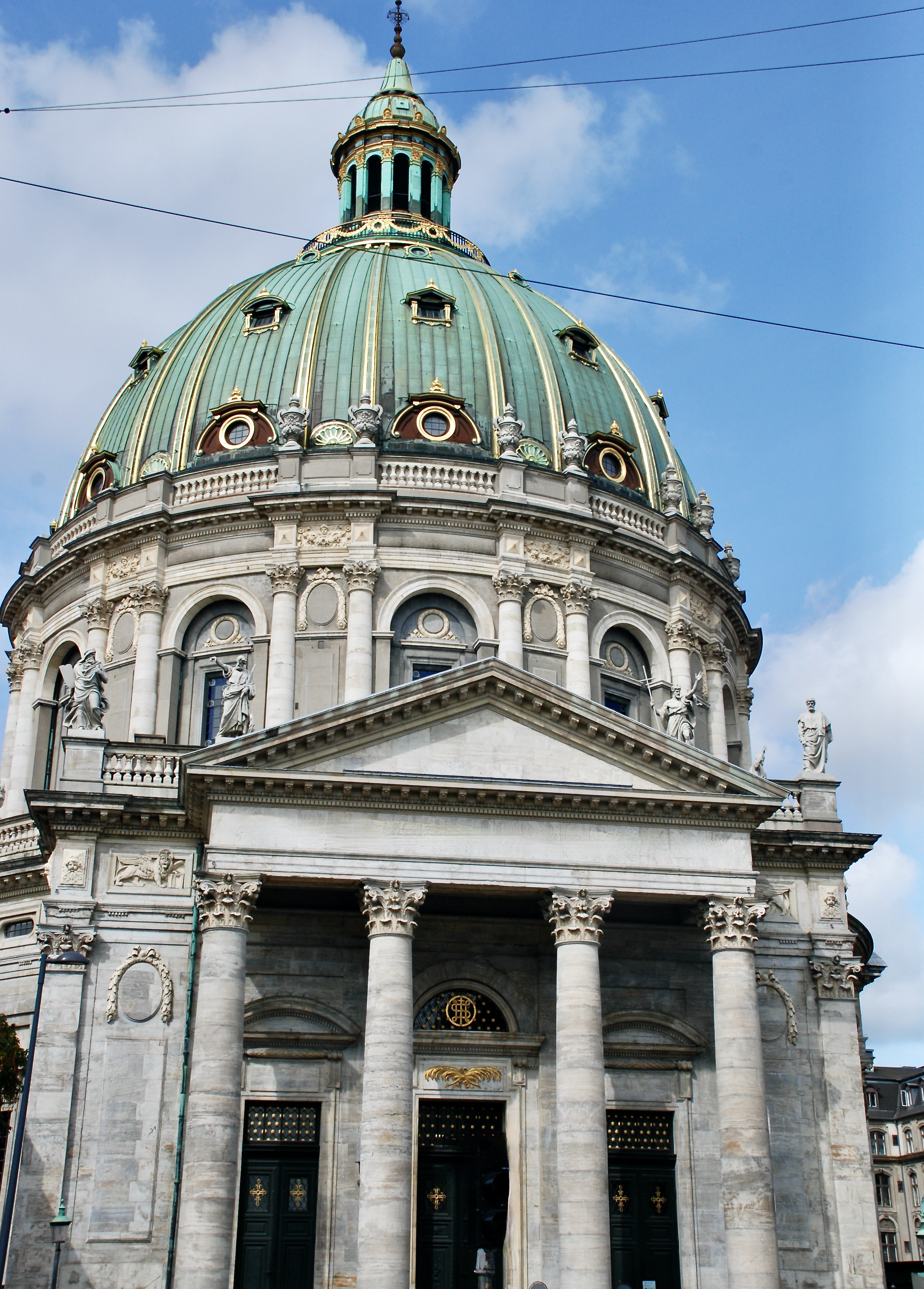


Comments